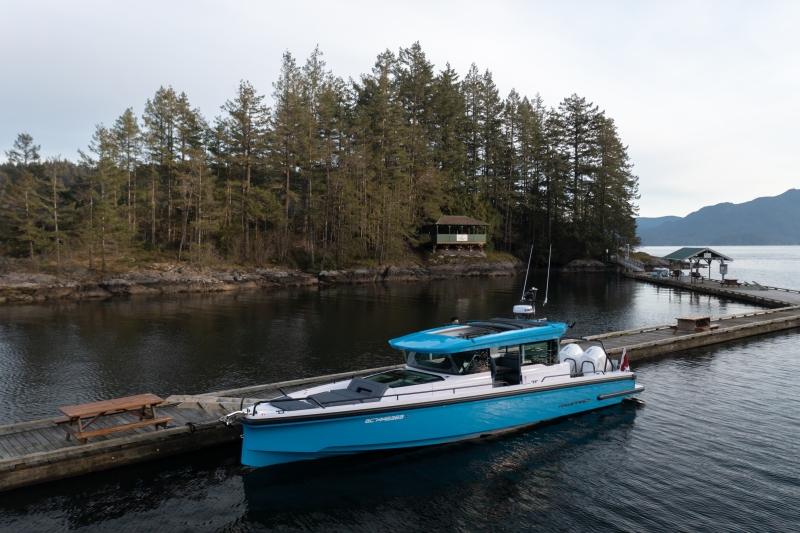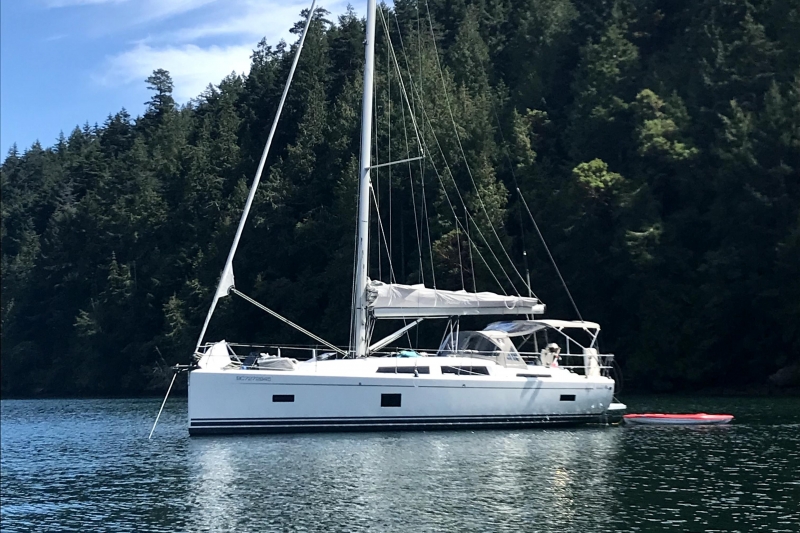Safety First
27th May 2024

For many boaters, Spring is when they begin to daydream about their upcoming summer adventures, it’s also a good time to inspect and update safety equipment. The following is an 11-point checklist, but feel free to add to it and use it in the future to ensure the season ahead is as safe as possible.
Batteries
Replace all the batteries in your flashlights, and purchase spares to keep on board. If your flashlights have rechargeable batteries, give them all a charge.
Bilge Pump
Get down in the bilge while someone presses the bilge pump switch to make sure it runs. While you’re there, lift the float on the automatic bilge pump switch to ensure that it operates the pump. Check all the wiring and connectors to verify that they are corrosion free.
EPIRBs and PLBs
There are several different types of these emergency radio beacons that bring help when you’re in trouble. Some are cheaper than others and you may not need the expensive worldwide type units.
EPIRBs (emergency position indicating radio beacon) and PLB (personal locator beacon) require re-registration every two years. Check your unit for the re-registration date. Also, check the battery condition and replacement date. Most of these devices offer a test procedure. Batteries need to be replaced and units tested by an authorized service center every five years, before the date indicated on the unit.
First Aid Kit
First Aid kits are not legally required, and their contents vary. But the duty to provide first aid itself is a legal requirement of all boat skippers.
First aid kits come in many sizes and the further a boater ventures from port, the more extensive the kit should be. Well-prepared boaters are equipped to deal with at least minor medical emergencies and will take time to learn the basic application of first aid materials.
Now is a good time to restock those items used last cruising season and ensure no items are past their expiration date.
Flares
Check the expiration dates on your handheld and meteor units. Flares require replacement every three years. If they are set to expire midseason, put a reminder on your calendar.
Fire Extinguishers
Carry sufficient extinguishers to blast out any fire before it can get a grip.
Check the pressure gauges on all the fire extinguishers to make sure they read in the green “full” zone. If any of them appear to have been even partially discharged, replace them. Turn the extinguisher upside down and give it a good shake to break loose the fire retardant powder that might have become caked in the bottom.
Ground Tackle
Pull out and inspect the anchor rode and ground tackle. Replace elements such as the line, chain or shackles that show excessive corrosion or wear. Now is also a good time to check the chain to rope eye splice.
Horn
Make sure you have a functioning approved horn.
Knife
A stout knife is a valuable safety tool. There are a thousand and one uses for knives, not the least because there are so many lines aboard a boat. There are times when the ability to cut a line quickly could save a vessel or even a life.
Lights
Check all navigation lights as well as the anchor light to make sure they work.
Personal Flotation Devices (PFDs)
Make sure fabric, straps, buckles, and flotation materials are in excellent condition. If there’s any doubt then replace them. On CO2 inflated PDFs, check the meter and ensure it is green and the CO2 cartridge is fully charged.
Whatever kind of PFDs are onboard, don’t forget to equip them with a strobe light and whistle.
Carry throwable devices such as a life-ring or buoyant boat cushions. Store them where they’re immediately available in case of an emergency.



